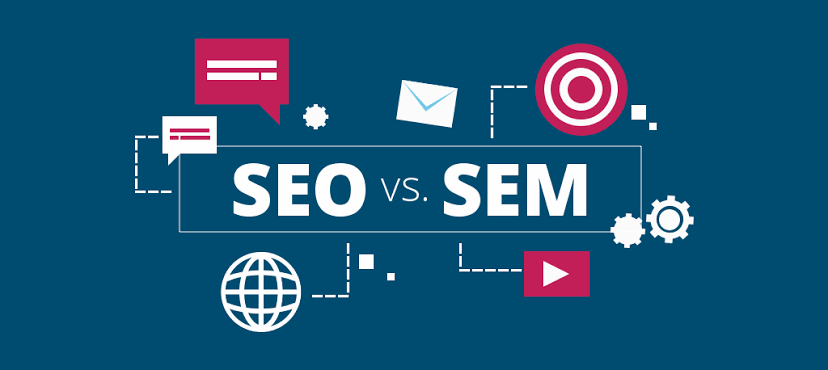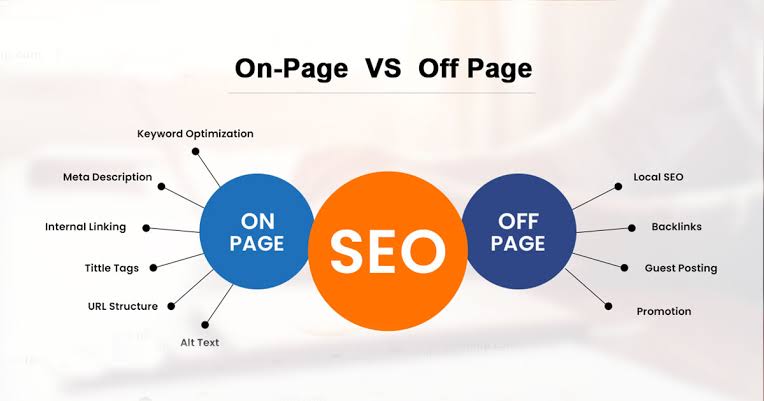
In all honesty, having a website isn’t enough, there’s also a special effort needed to optimize your website for speed.
This is because, if you focus on creating a website only, it’s as good as nothing. Your website won’t be ranked on Google search page and your users will have a hard time loading your website.
Currently, people’s waiting span has reduced, this means that the longer it takes for your website to load, the more your audience skip your website.
A slow website can frustrate visitors, reduce traffic, and negatively impact your search engine rankings.
To avoid this, let’s look at practical ways you can optimize your website for speed.
Why Website Speed Matters
Before we look at the practical steps, it’s important you understand why you need to optimize your website for speed. Why does it matter?
First, website speed is important because it affects how users experience your site and how well it ranks on search engines like Google. Additionally, Google considers site speed as one of its ranking factors, meaning a slow website can hurt your visibility on search engine results pages (SERPs). As stated earlier, a slow website frustrates visitors and can lead them to leave before even exploring your content. Therefore, it is important you optimize your website for speed.
Steps on how to Optimize your Website for Speed

Conduct a Speed Test
The first step to optimize your website for speed is to conduct a speed test. Tools like Google PageSpeed Insights, and GTmetrix can help you analyze your website’s current performance. That way, you gain helpful insights into various metrics, such as load time, page size, and the number of requests. They also offer suggestions for improvements, which can serve as a starting point for your optimization efforts.
Optimize Your Images
Large images slow down your site and makes it tiring for users. Therefore , use tools to compress images without losing quality. Also, choose the right image format (JPEG for photos, PNG for graphics), and implement responsive images that adjust to different screen sizes automatically. Additionally, you can implement lazy loading as this ensures images are only loaded when they enter the viewport, reducing initial load times.
Reduce HTTP Requests
Every element on your webpage, like images, scripts, and stylesheets, requires an HTTP request. To optimize your website for speed, minimize these requests:
Combine Files: Merge CSS and JavaScript files to reduce the number of requests.
Use CSS Sprites: Combine multiple images into a single sprite and use CSS to display only the relevant part.
Enable Compression
Gzip compression reduces the size of your HTML, CSS, and JavaScript files, making them faster to download. Most modern browsers support Gzip, and enabling it on your server can lead to significant speed improvements.
Use Content Delivery Networks (CDNs)
A CDN distributes your website’s static files across multiple servers worldwide. So, when a user visits your site, the files are served from the server closest to them. This reduces delay and improving load times. Popular CDN providers include Cloudflare, and Amazon CloudFront. Generally, using a CDN is a highly effective way to optimize your website for speed.
Enable Browser Caching
Browser caching stores static files on the user’s device, so they don’t have to be downloaded again on subsequent visits. This can significantly reduce load times for returning visitors. To enable browser caching, configure your server settings to set expiration dates for different types of files.
Optimize Your Code
Another way to optimize your website for speed is by optimizing your code. Clean, efficient code can significantly improve your site’s speed. First, remove unnecessary characters, such as whitespace and comments, to reduce file size. Secondly, avoid Inline CSS and JavaScript as they can slow down your site.
Reduce Server Response Time
The time it takes for your server to respond to a request can affect your site’s speed. Therefore, to optimize your website for speed, aim for a server response time of under 200ms. You can achieve this by choosing a reliable hosting provider that offer fast servers and sufficient resources. Also, regularly clean up and optimize your database to improve query performance.
Monitor and Test Your Website
Optimizing your website for speed is not a one-time task. Regularly monitor your site’s performance using speed test tools and keep an eye on any new issues that may arise. Finally, stay updated with the latest optimization techniques and continuously work on improving your site’s speed.
In conclusion, optimizing your website for speed is essential for delivering a better user experience. Ensure you follow through these steps and apply them to your website. By doing so, you’ll ensure your website loads quickly and efficiently, meeting the expectations of your users.














